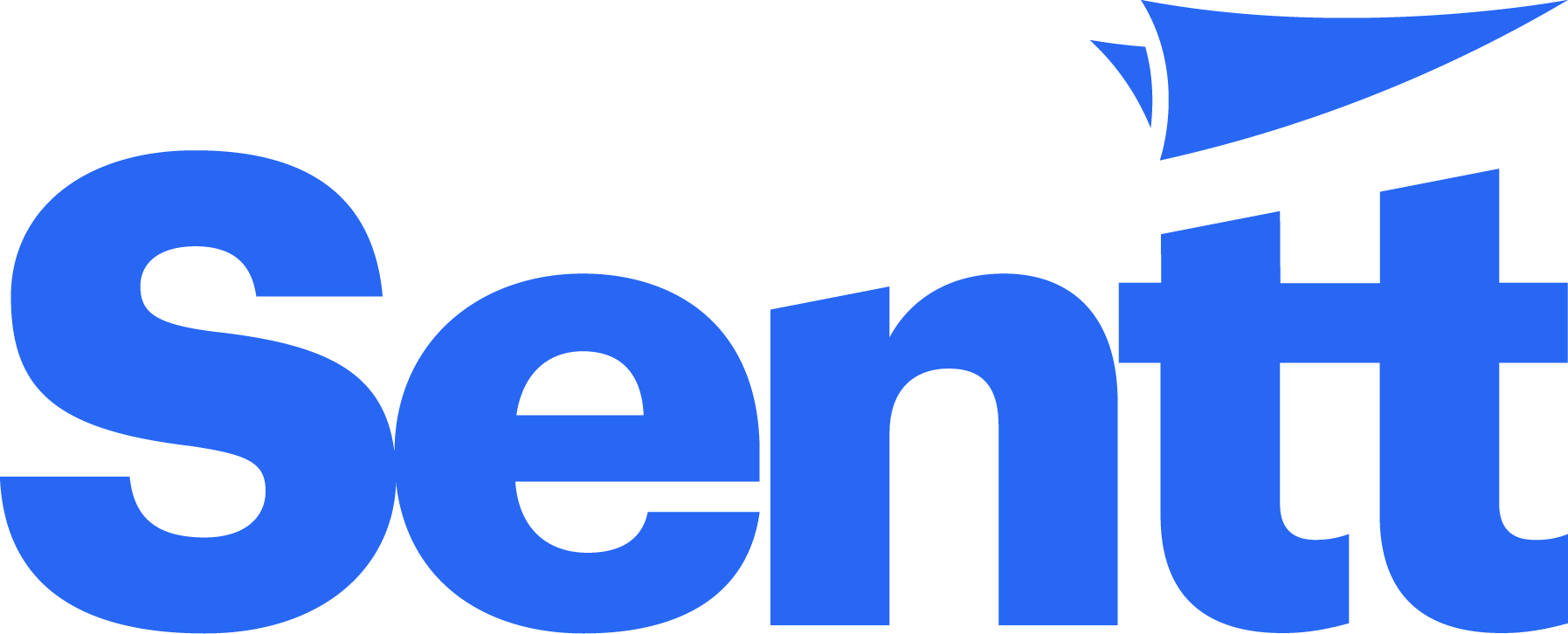| Product | |||
|---|---|---|---|
| Review & Ratings |
No reviews available |
No reviews available |
|
| Description |
Sentt is a marketing automation software designed to streamline marketing efforts and improve campaign performance by automating repetitive tasks. The platform allows businesses to create, schedule, and send targeted email campaigns, social media posts, and SMS messages based on customer behavior, demographics, and preferences. Sentt’s automation features include workflows, drip campaigns, and t... Read more about Sentt |
NeoRed is an email marketing software designed to help businesses create, send, and track personalized email campaigns that drive engagement and conversions. The platform offers a variety of customizable email templates, allowing businesses to design professional-looking emails without any technical skills. NeoRed includes features for automating email sequences, segmenting email lists, and person... Read more about NeoRed |
|
| Free Trial |
Available |
Available |
|
| Starting Price |
$15 Per Month |
||
| Category Features | |||
| Other Information | |||
| Deployment | Cloud Hosted | Cloud Hosted | |
| Devices Supported | Web-Based, | Web-Based, | |
| Pricing Model | Flat Rate | Contact Vendor | |
| Support | Email, Chat, Knowledge Base, FAQs/Forum | Email, Phone, Chat, Knowledge Base, FAQs/Forum | |
| Target Company Size |
Self-Employed,
Small-Business,
Midsize-Business,
|
Self-Employed,
Small-Business,
Midsize-Business,
|
|

